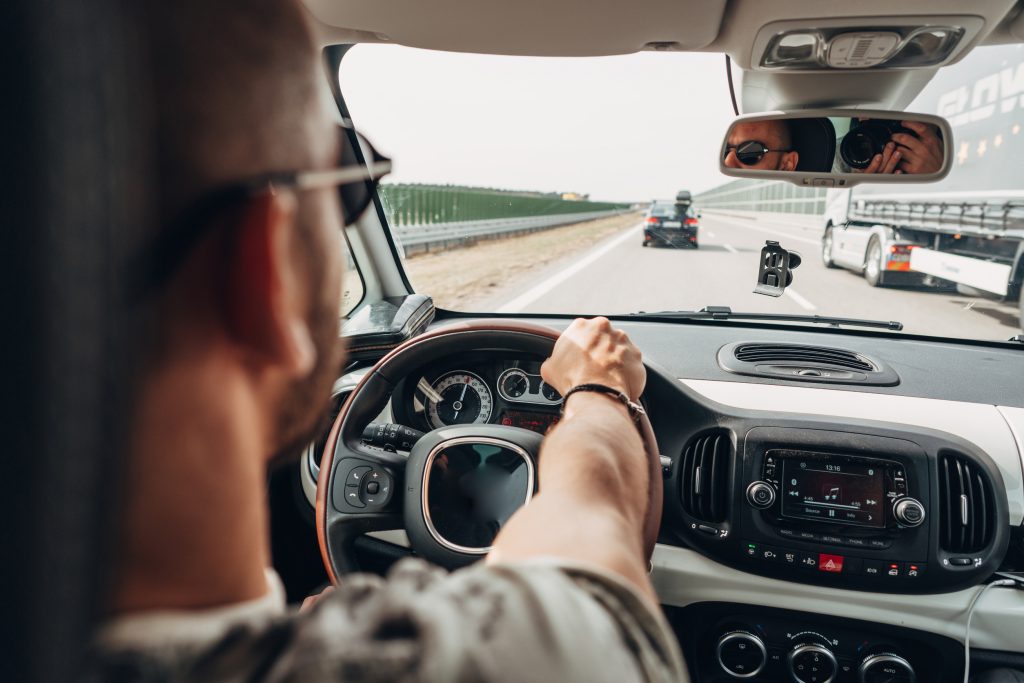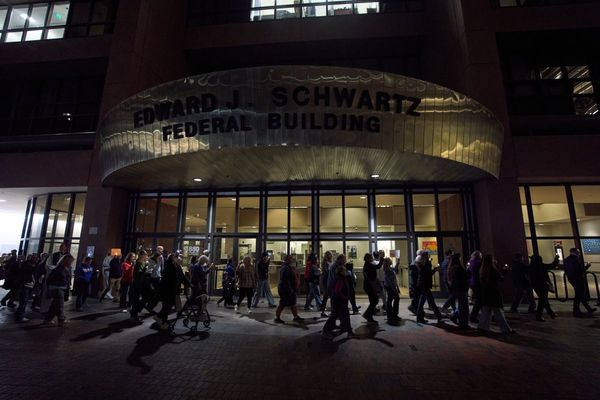
Most of us get behind the wheel daily, often operating on autopilot as we navigate familiar routes. We might think we’re safe drivers, especially if we haven’t had an accident in a while. However, many common driving behaviors, which might seem harmless or minor, are actually significant dangerous driving habits that dramatically increase the risk of accidents. These subtle yet perilous actions can impair reaction times, reduce situational awareness, and lead to devastating consequences. It’s time to take a closer look at our routines and identify the seemingly innocent habits that could be jeopardizing our safety and the safety of others on the road.
1. Driving When Fatigued
Many people underestimate the danger of driving while tired, equating it to a minor inconvenience rather than a serious impairment. However, drowsy driving can be just as dangerous as drunk driving, significantly slowing reaction times, reducing alertness, and impairing decision-making. If you’re yawning frequently, struggling to keep your eyes open, or drifting from your lane, you are too tired to drive safely. Pulling over for a nap or switching drivers isn’t just advisable; it’s a crucial safety measure to prevent potential dangerous driving habits from causing a crash.
2. “Multi-Tasking” Behind the Wheel
In our hyper-connected world, the urge to multitask is strong, but the car is not the place for it. Eating, adjusting the radio or GPS, reaching for items, or even engaging in intense conversations can divert your attention from the primary task of driving. Each of these actions takes your eyes off the road, your hands off the wheel, or your mind off your surroundings, contributing to dangerous driving habits. Even a split-second distraction can be enough to cause a life-altering accident, so make a conscious effort to focus solely on driving.
3. Following Too Closely (Tailgating)
Tailgating is an aggressive and incredibly common behavior that significantly reduces the time you have to react if the vehicle in front of you suddenly brakes. Maintaining a safe following distance—the three-second rule is a good minimum—is essential for avoiding rear-end collisions. Many drivers misjudge this distance or become impatient in traffic, leading to this risky practice. Remember, the closer you are, the less time you have to prevent an accident, making this one of the most preventable dangerous driving habits.
4. Speeding, Even Just “A Little”
Exceeding the speed limit, even by just five or ten miles per hour, is a prevalent habit that substantially increases risk. Higher speeds reduce your reaction time, increase your stopping distance, and make a potential crash far more severe. Speed limits are set for ideal conditions, and exceeding them compromises your ability to control the vehicle, especially in poor weather or unexpected situations. Treating speed limits as mere suggestions rather than crucial safety regulations fosters a hazardous driving environment for everyone.
5. Not Using Turn Signals Consistently
Turn signals are vital communication tools on the road, informing other drivers and pedestrians of your intentions. Failing to use them, or using them too late, can lead to confusion and collisions, especially during lane changes or turns. This seemingly small oversight forces other road users to guess your next move, increasing the likelihood of an accident. Making a conscious effort to signal every turn and lane change clearly and in advance is a simple yet effective way to enhance road safety.
6. Driving Under Emotional Distress
Operating a vehicle when you’re angry, upset, or otherwise emotionally compromised can be extremely dangerous. Strong emotions can cloud judgment, lead to aggressive driving behaviors like speeding or tailgating, and reduce your ability to concentrate on the road. If you’re feeling overwhelmed by emotion, it’s wise to take some time to calm down before getting behind the wheel. Your mental state is just as important as your physical state when it comes to safe driving.
7. Neglecting Vehicle Maintenance
Proper vehicle maintenance is a critical aspect of road safety that is often overlooked until a problem becomes severe. Worn tires can lead to blowouts or reduced traction, faulty brakes can fail when you need them most, and burned-out headlights can reduce visibility. Ignoring warning lights or delaying necessary repairs transforms your vehicle itself into a hazard. Regular checks and timely maintenance are essential for preventing mechanical failures that contribute to dangerous driving habits and accidents.
8. “Rolling Stops” at Stop Signs
Treating stop signs as yield signs by merely slowing down without coming to a complete stop is a common and illegal habit. A full stop allows you to properly assess cross-traffic and pedestrian activity before proceeding safely. Rolling stops significantly increase the risk of T-bone collisions and accidents involving pedestrians or cyclists who expect you to obey the traffic signal. Taking that extra second to come to a complete halt is a fundamental aspect of responsible driving.
9. Over-Reliance on Driver-Assist Technologies
Modern vehicles come equipped with an array of driver-assist technologies like adaptive cruise control, lane-keeping assist, and blind-spot monitoring. While these features can enhance safety, over-relying on them or misunderstanding their limitations can create a false sense of security. These systems are designed to assist the driver, not replace them. Maintaining full attention and control of the vehicle at all times is crucial, as technology can fail or misinterpret situations.
10. Driving with Pets Unrestrained
Many pet owners love taking their furry friends along for rides, but an unrestrained pet in a moving vehicle can be a significant distraction and a serious hazard. A loose animal can interfere with the driver, become a projectile in a sudden stop or crash, or even escape the vehicle and run into traffic. Using appropriate pet restraints like carriers, harnesses, or backseat barriers ensures the safety of both your pet and everyone else in the car. This simple precaution can prevent a tragic outcome.
11. Impatience with Slower Traffic or Pedestrians
Impatience on the road often manifests as aggressive overtaking, honking excessively, or failing to yield to pedestrians who have the right of way. This behavior creates a stressful and dangerous environment for all road users. Remember that other drivers may be lost, inexperienced, or cautious for a reason, and pedestrians, especially children and the elderly, require extra consideration. Practicing patience and courtesy significantly contributes to a safer driving culture for everyone.
12. Rubbernecking at Accident Scenes
Slowing down excessively or becoming visually distracted by an accident scene on the side of the road is a dangerous habit known as rubbernecking. This diverts your attention from the traffic flow around you and can cause sudden braking or lane deviations, leading to secondary accidents. While curiosity is natural, your primary responsibility is to maintain focus on your own driving and keep traffic moving safely. Pay attention to the road ahead, not the commotion on the shoulder.
Driving Home the Importance of Safety
Recognizing and consciously working to eliminate these dangerous driving habits can significantly improve your safety and the well-being of others on the road. Safe driving isn’t just about avoiding tickets; it’s about fostering a culture of responsibility and awareness every time you get behind the wheel. By making a commitment to shed these risky behaviors, we can all contribute to making our roads safer for everyone. Let’s prioritize focused, defensive, and courteous driving.
Which of these driving habits do you see most often on the road, or which one do you think is the most underestimated? Share your experiences in the comments below!
Read More:
Driving Into Danger: 10 Ways Age May Be Putting You (and Others) at Risk
The Shocking Rise of Road Rage: 5 Startling Facts That Will Make You Rethink Driving
The post 12 Driving Habits That Are More Dangerous Than You Think appeared first on Budget and the Bees.







